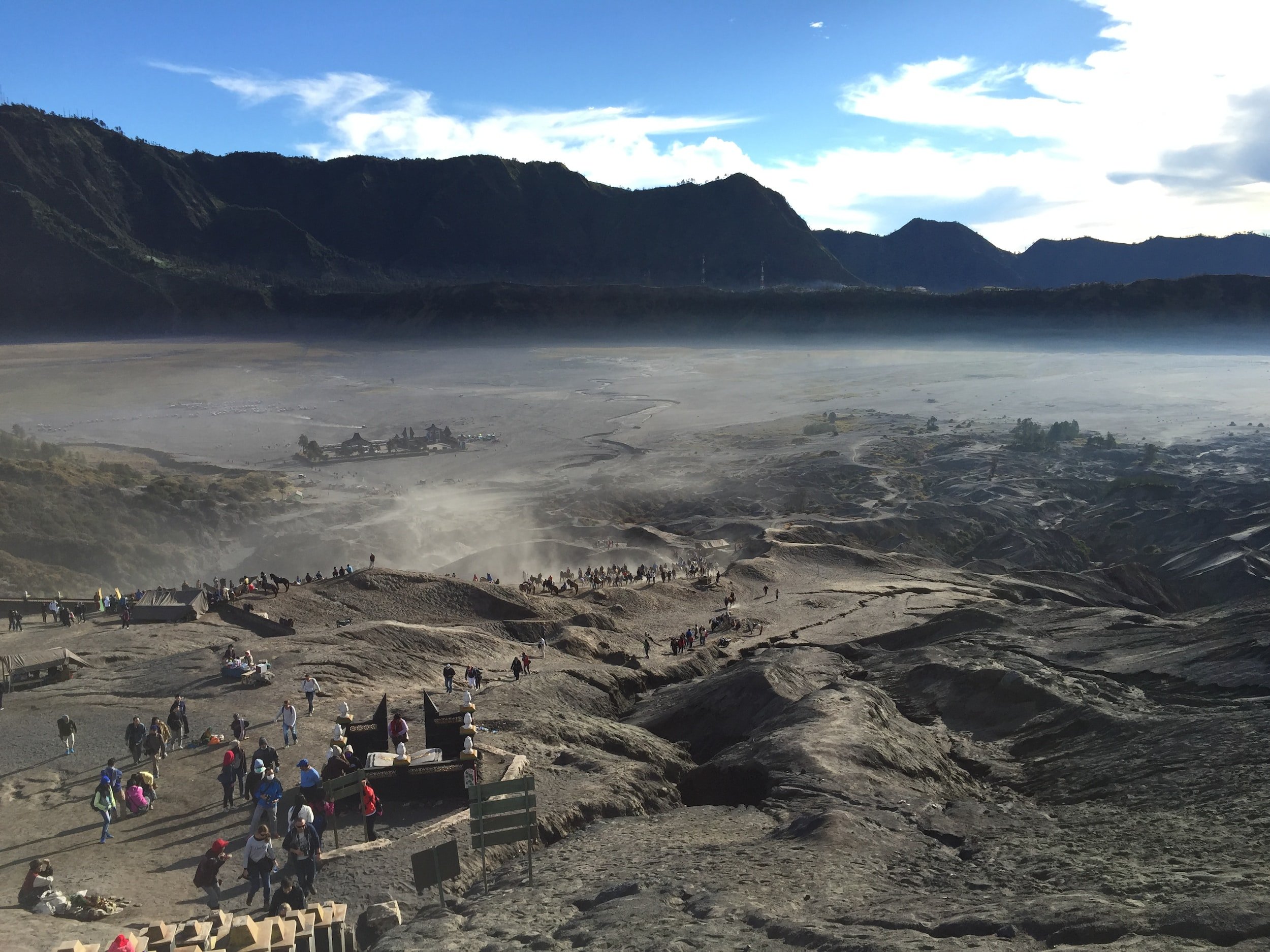Why do some communities have the custom of refraining from eating kitniyot on Pesach?
We need to first clarify that rice and other kitniyot are not hametz because only foods derived from the five species of grain (i.e., wheat, barley, oats, spelt, rye) can become hametz. In Gemara Pesachim daf 114, it discusses two different dishes that are brought to the table on the seder night. Rav Hunah says we use leeks and rice, and Rava would also look for leeks and rice since Rav Hunah established it. From there we learn that we don't accept Rav Yochanan Ben Nuri’s approach which says that rice is considered a grain. This is the conclusion of all the poskim – to permit eating rice on Pesach (see שו"ת הריב"ש Siman 420). This is also the ruling of the Shulhan Aruch in siman 453 that says you are allowed to cook a dish made with rice on Pesach.
However, the Rama disagrees with the Shulhan Aruch and follows the Tur and Mordechi who say that you cannot eat rice on Pesach. This is indeed the custom of Ashkenazim.
The Mishnah Berurah brings two reasons for this custom. The first reason is that many times some grain is mixed in the sacks of rice, and it is very difficult to separate the grain from the rice. The second reason is that sometimes legumes are ground into flour and baked into bread. Some people may find it difficult to differentiate between bread made from rice and bread made from the five grains, and they might go further and eat bread made of grain because they will think it is permissible, just like bread made from rice.
However, this restriction of legumes and rice applies only for kitniyot that was explicitly written to be forbidden, or for something that was accepted as a custom to not eat throughout the years. Other types of food, even if they look very similar to things that we don't eat on Pesach, are permissible. Nevertheless, we need to inspect to make sure that these foods aren't contaminated with hametz.
Based on that, Harav Moshe Feinstein says that one is allowed to eat peanuts on Pesach, despite the fact that it has a lot of similarities to other kitniyot, since there is no custom forbidding it. However, if a person lives in a place where there is a custom to not eat peanuts, he cannot nullify this custom.
The following is the list of foods that Ashkenazi communities across the world accept as kitniyot and are not eaten on Pesach:
Other Grains
Rice
Alfalfa
Millet
Sorghum
Corn
Non-Legume Seeds
Legumes
Black-eyed peas
Chickpeas
Peas
Vetch
Soy
Mung beans
Lentils
Fava beans
Lupin beans
Tamarind fruit
Products that are made from kitniyot – corn flakes, corn flour, and rice cakes, for example – are also included in this custom. Saffron was originally called “karkom” in Hebrew and is permitted, and turmeric, the Modern Hebrew karkom, is also permitted, but if there is concern that wheat was mixed into the saffron, it is forbidden. Mustard and flaxseed are not kitniyot, but the custom is to forbid them because they grow in pods like kitniyot. Dill and coriander are not kitniyot, but one must examine them well because they often contain wheat.





